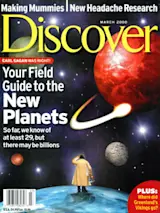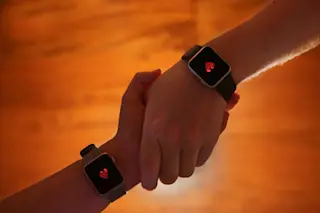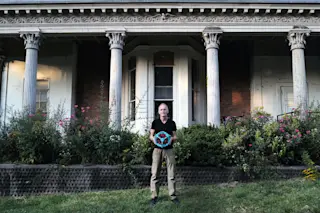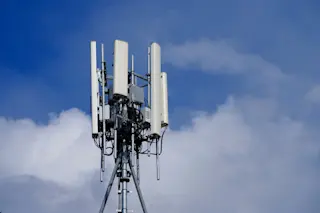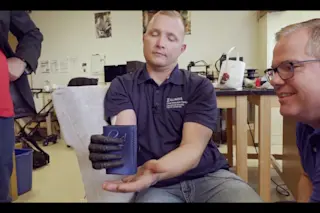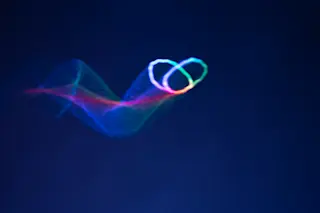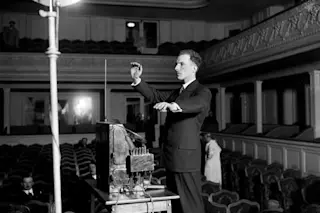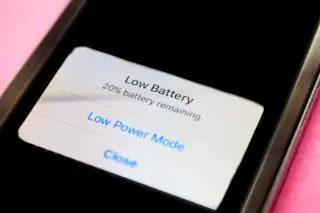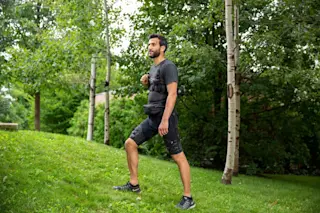Each line and box in this digitized landscape is converted to a tone, conveying the picture in music.
Courtesy John Cronly-Dillon
John Cronly-Dillon, a neuroscientist at the University of Manchester Institute of Science and Technology in England, plans to open the eyes of the blind with sound using a computer system that translates visual images into musical tones. A horizontal line is a rapidly repeated single note, a vertical line is a chord, and oblique lines are represented by ascending or descending scales. For more complicated settings, Cronly-Dillon adds voices to represent the different aspects of an intricate scene, thereby creating a musical melody that he compares to a baroque fugue. "We're developing a basic language," he says, "an 'Esperanto of the senses.' "In test runs, Cronly-Dillon's four blind subjects are able to decipher static pictures of houses, cars, trees, and lampposts. He foresees the day when the blind will ...


